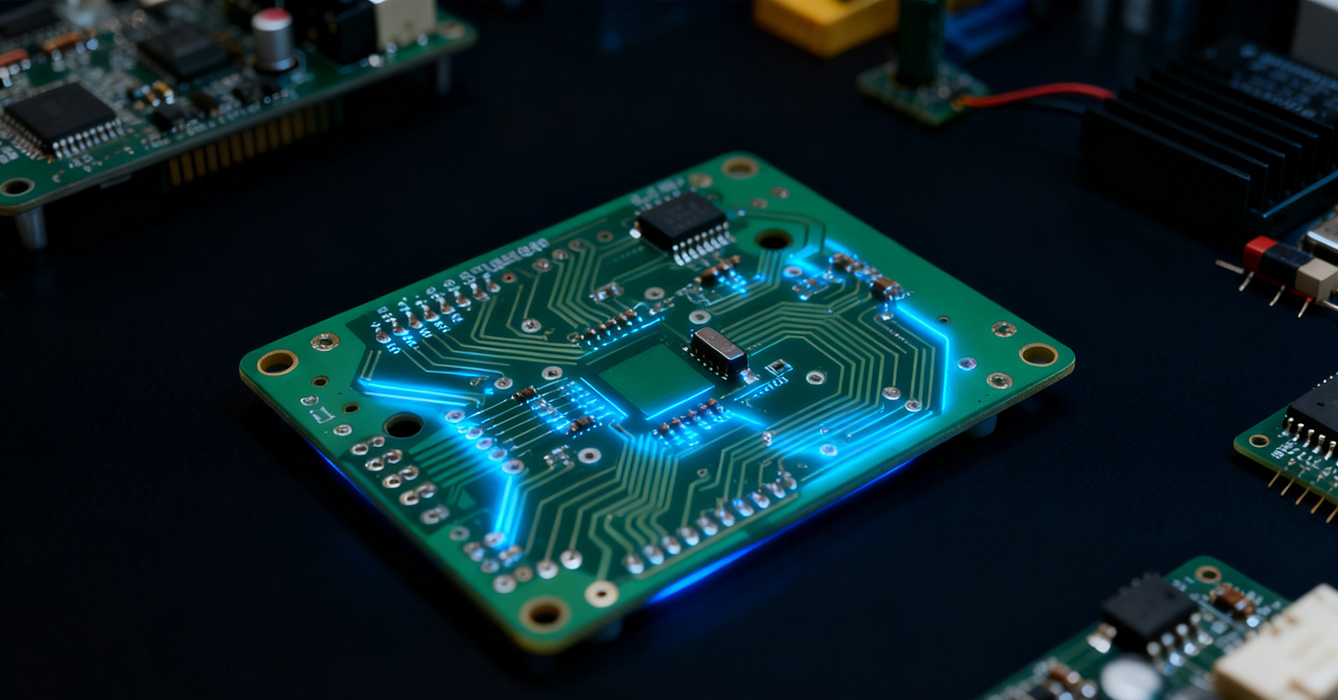-
- PCB TYPE
- PRINTED CIRCUIT BOARD PROTOTYPE ALUMINUM PRINTED CIRCUIT BOARD R&F PCB FPC HIGH FREQUENCY PCB HIGH-TG PCB HEAVY COPPER PCB HDI PCB PCB FOR LIGHTING METAL CORE PCB
time:Nov 26. 2025, 12:48:48
In the era of electrified, connected, and autonomous vehicles, automotive electronics are becoming increasingly complex and power-dense. Automotive Sinkpad PCB has emerged as a foundational component, designed to meet the stringent demands of vehicle environments—combining integrated thermal management, mechanical durability, and electrical stability. Unlike generic PCBs, this specialized solution is engineered for the unique challenges of automobiles, from under-hood vibration to compact cabin layouts, ensuring critical systems operate reliably throughout a vehicle’s lifespan. For automakers and tier suppliers, Automotive Sinkpad PCB is more than a circuit board; it’s a strategic enabler of safer, more efficient, and technologically advanced vehicles.
The defining strength of Automotive Sinkpad PCB lies in its ability to unify thermal management and structural resilience—two non-negotiables for vehicle electronics. Traditional PCBs often require external heat sinks or additional reinforcement to withstand automotive conditions, adding size, weight, and complexity. Automotive Sinkpad PCB eliminates these compromises by integrating dedicated thermal sink structures directly into the board design. These sinkpads act as targeted heat dissipators, drawing thermal energy away from high-power components (such as semiconductors, drivers, and sensors) and distributing it across the PCB substrate. Simultaneously, the sinkpad structure reinforces the board’s rigidity, resisting warpage and solder joint failure caused by thermal cycling, vibration, and mechanical stress. This dual functionality ensures consistent performance, even in the most demanding vehicle environments.

Vehicle electronics face a unique set of challenges that generic PCBs cannot address, making Automotive Sinkpad PCB a necessity:
Harsh Operating Conditions: From sub-zero winter temperatures to scorching under-hood heat, automotive electronics endure extreme thermal swings. The sinkpad design’s efficient heat transfer prevents component degradation, while durable materials resist environmental stress.
Space Constraints: Modern vehicles pack more electronics into tighter spaces—especially electric vehicles (EVs) with compact powertrains and advanced driver assistance systems (ADAS). The integrated design of Automotive Sinkpad PCB eliminates the need for bulky external cooling, supporting miniaturization of critical systems.
Safety-Critical Performance: Electronic failures in vehicles can have life-threatening consequences. Automotive Sinkpad PCB’s reliable thermal and electrical performance ensures safety-critical systems—such as braking controllers, airbag modules, and battery management—operate flawlessly when needed most.
Long-Term Reliability: Vehicles are expected to last a decade or more, with electronics enduring hundreds of thousands of miles of use. The sinkpad PCB’s robust construction and thermal stability extend component lifespans, reducing warranty claims and maintenance costs for automakers and owners.

Automotive Sinkpad PCB’s adaptability makes it indispensable across a wide range of vehicle electronic systems:
Electric & Hybrid Vehicle (EV/HEV) Systems: Powers traction inverters, on-board chargers (OBCs), and battery management systems (BMS), managing heat from high-voltage components to ensure efficient power transfer and battery safety.
Advanced Driver Assistance Systems (ADAS): Supports radar, lidar, and camera modules with stable thermal and electrical performance, ensuring accurate data collection for features like adaptive cruise control, lane-keeping assist, and automatic emergency braking.
Engine & Powertrain Controls: Withstands under-hood heat and vibration to maintain precise operation of engine control units (ECUs), transmission controllers, and emissions systems.
Interior & Exterior Electronics: Powers high-power LED lighting (headlights, taillights, ambient lighting), infotainment systems, and climate control modules, balancing performance and energy efficiency.

As the automotive industry evolves toward electrification, autonomy, and connectivity, the role of Automotive Sinkpad PCB becomes increasingly critical. EVs, in particular, rely on high-power electronics that generate significant heat—demanding efficient thermal management without sacrificing space or weight. Autonomous vehicles, meanwhile, require ADAS systems that operate with near-perfect reliability, even in extreme conditions. Automotive Sinkpad PCB enables these innovations by providing a flexible, reliable foundation for next-generation vehicle electronics. It allows engineers to design more compact, efficient, and powerful systems, accelerating the development of cleaner, safer, and smarter vehicles. For suppliers, offering Automotive Sinkpad PCB is a competitive differentiator, addressing a core pain point in modern automotive design.
In conclusion, Automotive Sinkpad PCB is a specialized solution tailored to the unique demands of vehicle electronics, merging integrated thermal management, structural resilience, and long-term reliability. Its ability to thrive in harsh conditions, support miniaturization, and ensure safety-critical performance makes it an indispensable component for modern automobiles—especially EVs and ADAS-equipped vehicles. As the automotive industry continues to push the boundaries of technology, Automotive Sinkpad PCB will remain a cornerstone of electronic design, enabling vehicles that are more efficient, reliable, and safe. For automakers and tier suppliers, investing in this specialized PCB is a strategic choice that delivers immediate value and supports the future of automotive innovation.

Got project ready to assembly? Contact us: info@apollopcb.com



We're not around but we still want to hear from you! Leave us a note:

Leave Message to APOLLOPCB
